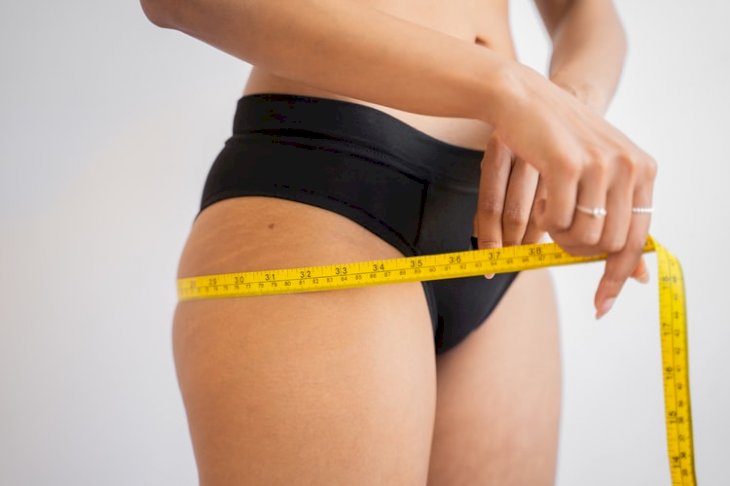
A Comprehensive Guide To Understanding & Treating Cellulite
Are you tired of unsightly dents? You can combat unloved orange peel with gentle massages with anti-cellulite creams, promoting blood circulation through cold-warm alternating baths, a low-fat, vitamin-rich diet, and exercise.
If you want a body free from dents in summer, you should fight against the weak connective tissue now. Unfortunately, just applying lotion for a short time is not enough - only a holistic and long-term care program can help against cellulite.
Patience and discipline are essential. A tightening effect often only sets in after a few weeks. Above all, physical exercise, a good diet, and advanced products against cellulite help.
What Is Cellulite?

Photo by Huba Inc. on Unsplash
When fatty tissue accumulates excessively in the subcutaneous layer and also traps water, what is commonly called cellulite is formed. In reality, the formation mechanism is linked to a dysfunction of the microcirculation, or instead of the small circulation, in those districts, creating fibrous septae that trap fatty tissue and water.
According to our team doctor,
“There are muscles that attach to the skin by connective tissues, but there are fat cells between the layers. Now the fat cells, if they grow, push on the skin and the bands of collagen, so they create the dimpling that is cellulite.”
Cellulite can become more visible as you grow older, and your skin becomes thinner and loses elasticity. This loss in elasticity exposes the rippled connective tissues underneath.
What Are The Causes Of Cellulite?

Photo by Thought Catalog on Unsplash
Various factors, from poor diet to pregnancy, can cause cellulite. Even weight gain enormously promotes fat accumulation, as well as the lack of physical activity. But it is not absolute: you can be predisposed to cellulite even if you are not overweight.
Our team doctor believes that cellulite is caused by fat cells’ accumulation between the muscle and skin layers, pushing against the skin. She also adds that the skin also thins as we age so that could contribute to existing cellulite.
Who Can Get Cellulite?

Photo by Gemma Chua-Tran on Unsplash
After having spoken to the team doctor, we now know that anyone can get cellulite. However, it affects women more than men because, in male connective tissue, the appearance is in a criss-cross pattern.
In women, it’s an irregular pattern. However, individuals with a distinctive pattern of connective tissue are likely to experience cellulite.
Can Cellulite Be Avoided?

Photo by Kari Shea on Unsplash
Getting enough exercise is high on the anti-cellulite list. Physical activity can fight cellulite in the long term. Exercises strengthen the muscles and promote blood circulation.
The doctor said cellulite is entirely unavoidable as part of your genetic predisposition, depending entirely on the type of connective tissue you have. But if you try your best to stay in good shape, it will help reduce cellulite’s appearance.
How Can Cellulite Be Treated?
To fight cellulite, it is essential to drink enough. Buy a nice drinking bottle that you will love to have with you and stay well hydrated at all times. Water and unsweetened herbal teas are best. When it comes to diet, the main thing you should be careful about is avoiding too much salty food and bad fats.
Eat plenty of vegetables, fruits, as well as whole grains. Get creative - vegetables can be delicious and filling. Foods that are particularly good against orange peel are lemon, ginger, nuts, grapefruit, and artichokes. Herbs such as parsley and coriander have a good effect. You can also add topical applications once you start to see these to help you with firmer skin.